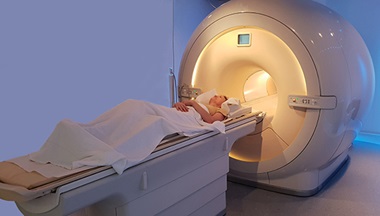Assessing Cardiovascular Risk with C-Reactive Protein
What is C-reactive protein (CRP)?
C-reactive protein (CRP) is a protein the liver produces in the presence of infection or inflammatory disease such as rheumatoid arthritis. When you have an infection, the white blood cells act to fight it by producing a number of proteins, some of which stimulate the liver to produce CRP. The blood level of CRP has been used for many years to evaluate the level of inflammation or infection.
How does CRP relate to cardiovascular risk?
Your level of C-reactive protein can be an indicator of how at risk you are for developing cardiovascular problems. This is because the development of atherosclerosis (laying down of cholesterol inside the blood vessel walls) is associated with inflammation within the vessel walls. The result is higher levels of CRP in patients with atherosclerosis than in those without atherosclerosis.
The value of knowing CRP levels depends on whether you fall into one of three cardiovascular risk groups:
- Low risk – because of low cholesterol levels and little history of risk factors; that is, no diabetes, high blood pressure, or smoking, and no family history of heart attacks at an early age. Even a higher level of CRP will probably not put you at a level of risk that requires than lifestyle changes.
- Intermediate risk – helpful to know CRP level, because it can provide missing piece of information for physician deciding next step in treatment
- High risk – not essential to know your CRP, because you should already be combining aggressive treatment with lifestyle changes to lower your risk
Measuring CRP Levels
Learning your CRP involves a simple blood test and is relatively inexpensive. CRP is categorized into low, intermediate, and high: Less than 1 is low; 1-3 is intermediate; 3 or greater is high.
CRP levels gradually rise with age but remain generally stable over a period of months or a few years. It is not a test you need to repeat on a regular basis. And you should avoid taking the test while you have any kind of infection or inflammation, such as a cold or the flu. Because CRP levels reflect inflammation, the blood level will be very high in these situations.
High-sensitivity CRP levels rise along with various risk factors such as aging, smoking and obesity. So if you smoke or are overweight and have high CRP levels, the CRP can be related to these risk factors rather than indicate an additional risk for cardiovascular disease.
In artherosclerosis, the hs-CRP blood level signals how much low-grade inflammation is present in the vessel wall. Currently, there is no evidence that the CRP molecule itself is a driving force of artherosclerosis.
When to Treat High CRP Levels
As an additional cardiovascular risk factor, CRP levels identify those people who are more at risk for cardiovascular disease. But how useful is that information to the physician and patient?
Cholesterol-lowering medication such as a statin have been shown to lower CRP levels. A CRP test taken out of context can have questionable value. For example, if you’re at low cardiovascular risk (including low to normal cholesterol levels) and your CRP level is borderline high, the long-term benefit of taking a statin to keep your CRP low is up for debate and further study.
Johns Hopkins Women's Cardiovascular Health Center







